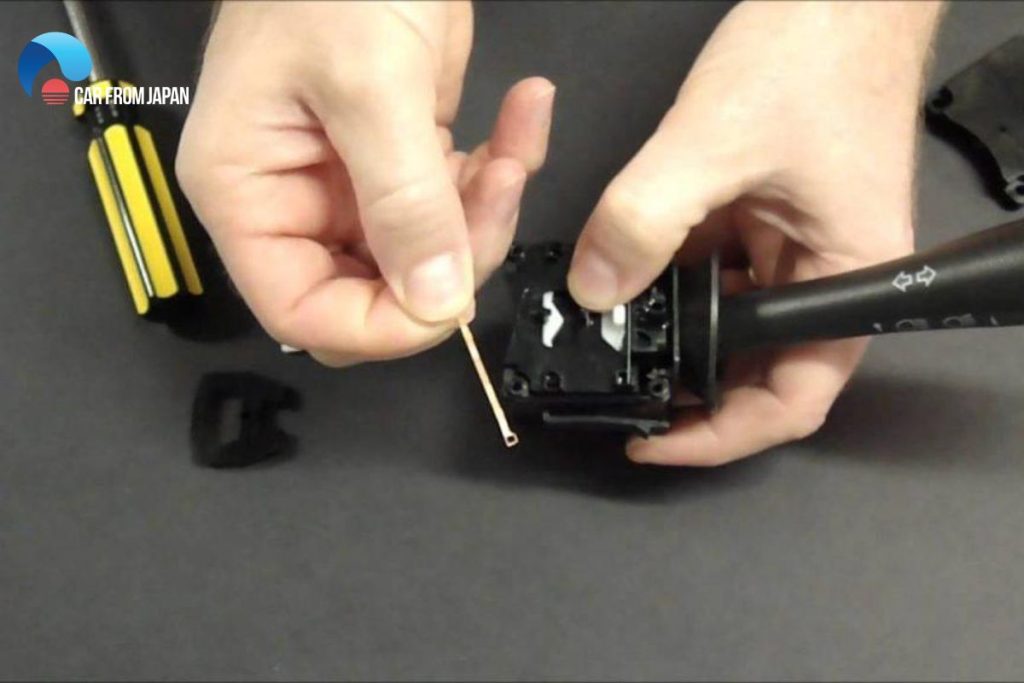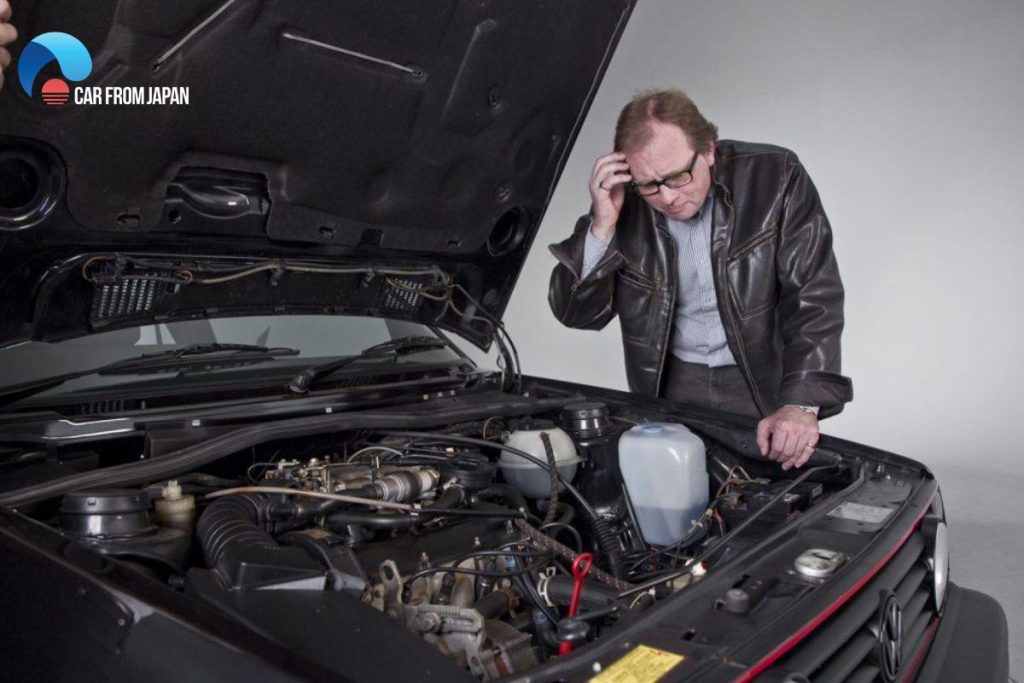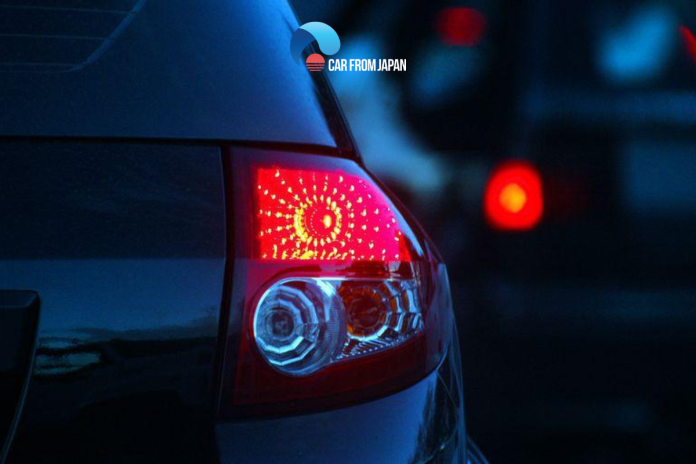Figuring out what is causing turn signal problems can be a daunting task, especially when it’s a modern car with a hoard of electrical connections. You need time and some insight to decipher what the problem is.
There could be problems in different parts of the signals like bulbs, flasher units, wires, connectors, and fuses,… How to fix turn signal in your car? Let’s follow these methods below:
Common Turn Signal Problems
Issues with the blinkers not working are not restricted to the five we are discussing here. However, these five are the most commonly faced by car owners.
You can find these issues in vehicles of all sizes – hatchbacks, sedans, trucks, SUVs, minibusses, and more. So, let’s discuss this one by one and see how to fix blinkers on your car.
Either turn signal isn’t working
It is one of the most common turn signal problems in vehicles and the fix for it is quite simple. Check the bulb – through the engine bay if front; through the boot if it’s rear. You can also do it by removing the lens.
Make sure that the two filaments of the bulb are connected and that the glass is not dark already. In either case, simply replace the bulb. Also make sure that the socket is in fine condition, in case there is corrosion, you will need to replace it.
My hazard lights fail to work but the turn signals do
Odds are that the hazard lights are in the same circuit as the turn signal lights. So, the case could be one of these:
- A faulty hazard light flasher
- If the flasher is fine, it could be the fuse
- A bad connection at the turn signal switch
- A loose connection in the circuit that connects the turn signal switch and the flasher
- An electrical open circuit/ short circuit in external light wiring
If the reasons are either of the first two, you will need to change the flasher or the fuse, in the rest of the cases, you just need to set the connection right.
Turn signal lights don’t work
There can also be a situation when neither of your signal lights is working. In most cases, it is a blown fuse or a defunct flasher. In other cases, it could also be a faulty signal switch. You can fix these easily using your car’s repair manual.

Apart from these, there could also be other problems like damaged bulbs or corroded bulb sockets. If you can, check the ground connection of the bulb. If you can’t, make sure you get it checked by a mechanic. Besides, it could also be an open or short circuit which is easy to fix yourself.
Turn signals don’t flash
If the turn signal lights and emergency lights have stable lights, you should check for a burned-out bulb first. If not, test the turn signal flasher and check the turn signal switch.
In the first step, you need to identify wires and the best way to access the signal switch electrical connector. Besides, make sure that you disable the system to prevent airbags from inflating if your car has them. The manual has detailed guidelines for each particular model.
Turn light don’t turn off
The reasons for this failure might be either the canceling finger inside the switch is broken or the canceling cam/clockspring is broken. For the former problem, you need to replace the switch and for the second one, you need to replace the cam or assembly, depending on your specific model.
In the majority of cases, solving this problem isn’t too difficult. Besides, the car owner should consult the repair manual for the particular car make and model. Other than that, if your model has airbags, you will need to disable the system for safety reasons as the symptom above.
One problem of turn signal problems you may encounter is that your indicator lights don’t work, but outside the turn, lights work just fine. Possible causes can be:
- a bad ground
- a problem with the flasher unit
- blown out indicator bulbs
- corroded bulb sockets
If necessary, take a look at your vehicle repair manual to gain access to the bulbs on the ground connection and instrument panel.
Although some models use a separate light for the right and left turn indicators, others use a single light for both turns.
- If your instrument panel has only one indicator light for both right and left, check the flasher unit. Some vehicle models combine the taillight, brake light, and turn signal into one light bulb.
- If you replaced one of the lamps, make sure the bulb is properly installed.
- If the two separate instrument panel indicator lights don’t work but the outside turn signal lamps work, check the indicator light bulbs and flasher unit.
How To Fix Turn Signal Problem
From flickering lights to complete signal failure, or turn lights flashing too fast or slow, these are the most common problems that happen to your car. So how to fix turn signal? To start with, you need to park the vehicle on level ground with the engine “OFF”.

Step 1
Make sure not to start the engine while turning the ignition key to the “ON” position. The electrical system will be powered up for testing.
Step 2
Locate the fuse panel or the power distribution center (PDC) to check all system fuses. You need to pay attention to locate exactly where the fuse is.
Step 3
When a turn signal flasher or replay fails the blinkers will not operate or come “ON”, but not blink. The purpose of the direction signal system is to operate with a flasher or blinker unit that interrupts the signal which causes the blinking action.
Step 4
When a turn signal switch is false, the system will short or go “open” leading the blinker not to operate. Then, you use the test light to test the input and output power circuits.
Step 5
In case the module has a problem various lights will not operate and it needs to be updated or reprogrammed, a lighting module is used for controlling purposes.
Knowing more about how to quickly fix the turn signal problem:
FAQs
Why are working turn signals so important?
Turn signals are crucial for communicating your intentions to other drivers, preventing accidents, and ensuring safe lane changes and turns.
What are some common signs of a turn signal problem?
Signs include: one or both turn signals not working, rapid blinking, flickering lights, signals staying on constantly, or no sound from the flasher relay.
Turn signal switch replacement cost: How much is it?
A turn signal switch replacement will generally cost you $186 to $215. This price breakdown includes labor charges ranging from $77 to $97 and part costs between $108 and $118. Remember, these are just estimates. It’s always best to get a quote from a qualified mechanic for an accurate price for your specific vehicle and situation.
Summing Up
These are the problems and easy step-by-step guidelines on turn signal troubleshooting. If you have been regular with the service schedule and follow the maintenance tips for your car, these turn signal problems will not be recurrent.




Hi Joe, So i just bought a 2007 toyota prius hatchback 4 door. And the turn signals were working fine. Then all of a sudden today when I turned it to one side to take a right the left one came on too and they started flashing. Then when i turned on and off the hazards they stopped (the hazzards were not on when I turned it the previous time) but it only did for one turn and then it happened again. They also flash on and do not blink when I go into reverse. Do you have any idea what the problem may be?
Please help me locate the turn signal fuse inside the Toyota Harrier 1998 model.
You should feel bad about publishing when you don’t know how to write about what you say you know. The “Simple troubleshooting steps” are vague and not even steps.
I need help urgenty my colt plus mistubish lights and indicators are not working